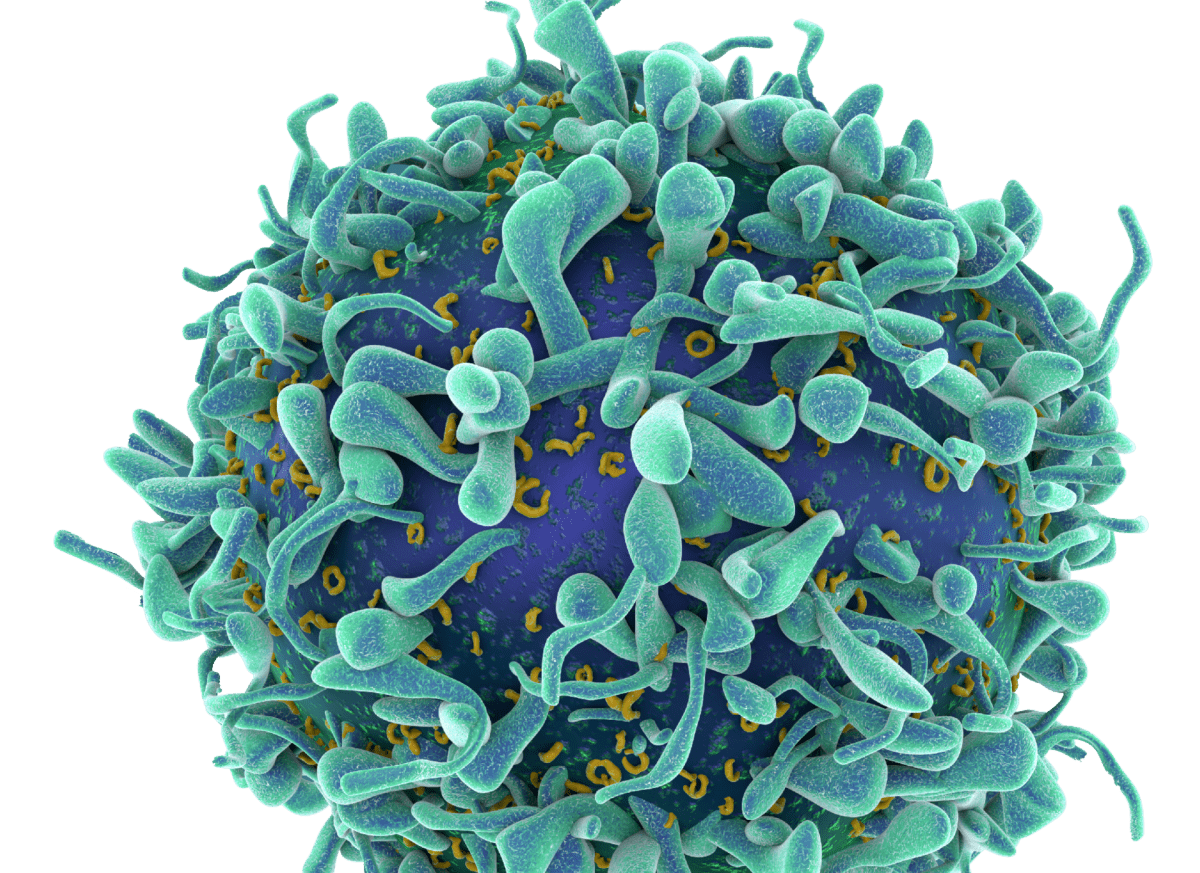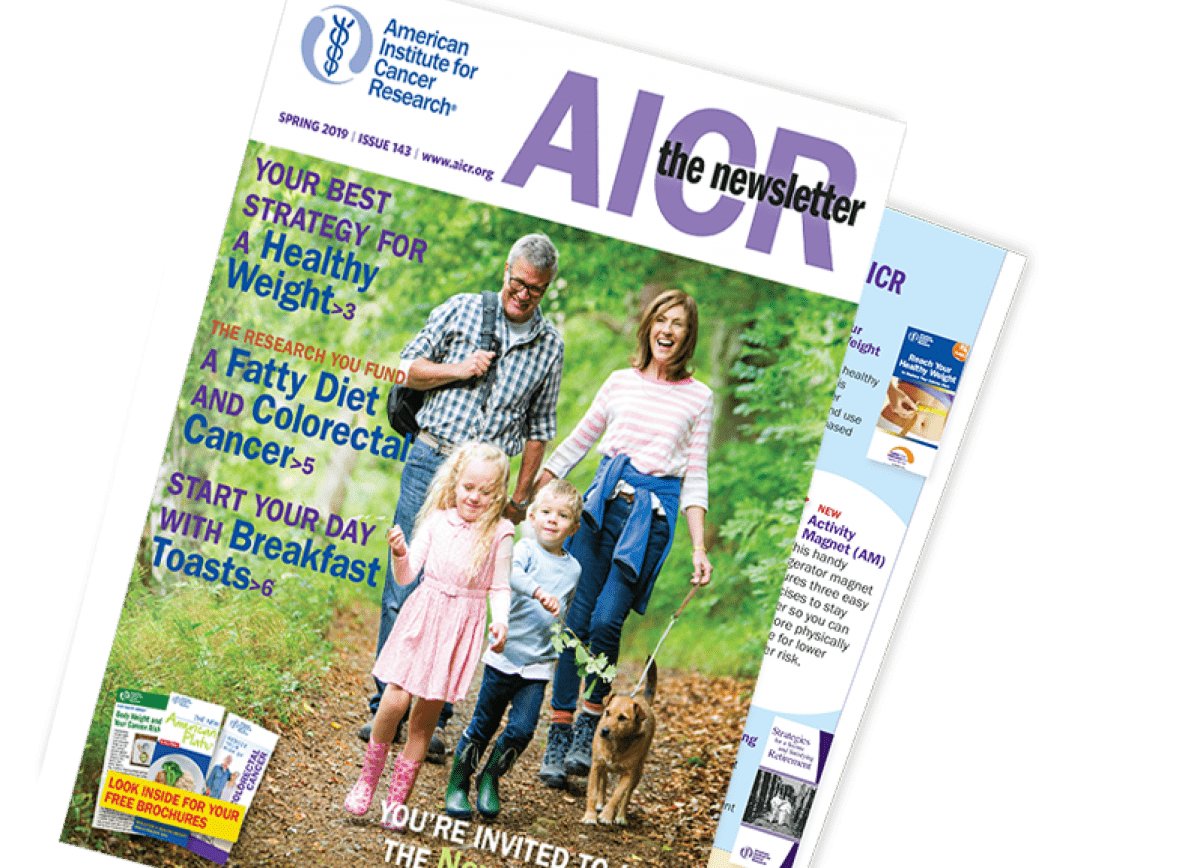Fall 2021 Archive
Nearly 90% of all taxpayers use the standard deduction, providing no tax advantage for a donor’s charitable gifts. Standard deductions are adjusted annually for inflation. For 2021, married couples over age 65 need to amass more than $27,800 in deductible expenses before they can itemize. But older taxpayers can still achieve tax savings when they establish charitable gift annuities.
Take the case of a married couple, both age 76, who contribute $20,000 cash for a two-life gift annuity in late 2021, using a §7520 rate of 1.2%. Their charitable deduction is $7,651 and they would receive $960 (4.8%) annually, of which $792 would be tax-free for their 15.6-year joint life expectancy. Because they have few other itemized deductions, the deduction is of little or no use to them. They do like the idea, however, of having largely tax-free payments into their early 90s. With that in mind, their advisor decides to elect a slightly lower 1.0% §7520 rate from a month different than the month of their gift. Tax results? The couple’s deduction declines to $7,454, which is unimportant to them, but the amount of their tax-free payment goes up to $804 … a tax break they can actually use.
Under Code §7520, donors are permitted to compute the charitable deduction for split-interest gifts (charitable gift annuities, charitable remainder trusts, charitable lead trusts, remainders in homes and farms) using the §7520 rate in effect for the month of the gift or either of the two prior months. Higher interest rates provide larger deductions for charitable remainder trusts and gift annuities, while using a lower rate offers a larger tax-free portion for gift annuities. Donors must attach a statement to their tax returns explaining that an election is being made under Code §7520(a) to use a rate other than the month of the gift and describe the interest being valued and the applicable valuation rate without the election [Reg. §1.7520-2].
Nonitemizers also can save taxes by funding charitable gift annuities with highly appreciated securities. A senior couple in a 15% capital gains tax bracket could give securities for a gift annuity and avoid tax on about one-fourth of their long-term capital gain. The rest could be reported in increments over their joint life expectancies.
The U.S. Supreme Court recently declared “facially unconstitutional” a state (California) requirement for charities to disclose to the state’s attorney general’s office the names of donors giving more than $5,000 (Americans for Prosperity Foundation v. Bonta, Thomas More Law Center v. Bonta, Nos. 19-251, 19-255). Some philanthropic clients, however, may wish to remain anonymous even from the charitable recipient. Contacts by an advisor with the donee organization on behalf of an anonymous donor may prompt a request that the advisor forwards a thank-you note.
In the case of inter vivos charitable gifts, anonymous contributions could be made through a law firm representing the donor, with the organization providing the firm with necessary receipts for deduction substantiation that can be forwarded to the donor.
It sometimes happens that an individual owns property, the interest in which the donor would like to divide and give to several different charities. For example, the owner of a medical office building may wish to divide all income from the building between a museum and a college equally for a period of 20 years, with the remainder to a hospital.
Because the donor is giving away all interests and retaining nothing, such a gift would give rise to a deductible contribution equal in amount to the current fair market value of the building. This kind of arrangement provides considerable flexibility to a person with charitable intentions. The interests can be divided up however the donor wishes and can be given to as many different charities as the donor desires; the only requirement for deductibility is that all of the donor’s interest be contributed to or for the use of charity. The gift could be accomplished with or without the use of a trust.
Caution: In the case of an estate, the Tax Court has held the estate tax deduction for a bequest of an asset to two different charities does not necessarily equal the value of the asset. A decedent gave her entire interest in an LLC to charity, with a family foundation receiving 75% and her church 25%. The IRS applied discounts to the interests. The court agreed the estate was entitled only to deductions equal to the value of what the charities received, not what was included for estate tax purposes, resulting in deductions equaling less than the full value of the decedent’s interest (In re Estate of Warne, TC Memo 2021-17).
At what age should clients start thinking about writing a will or making other estate plans? In most states, the only legal requirement for executing a will is that a person be at least age 18 and “of sound mind.” But as a practical matter, the need for estate planning starts to arise when a person assumes family responsibilities or accumulates personal wealth sufficient to warrant planning for its distribution. There are six good reasons for younger people to draft wills:
- Parents with minor children need wills to nominate the persons they want to serve as guardians, should the children be orphaned. Otherwise, a court might appoint a guardian who does not share the parents’ personal or religious values.
- Parents should consider establishing trusts in their wills to provide financial management and protection for minor children in the event both parents die.
- Spouses with living parents might prefer their estates pass entirely to the surviving spouse, but without a will, part of a person’s estate could pass to his or her surviving parents, depending on state intestacy laws.
- A will is the simplest way to direct who receives property at death. Without a will, each state distributes property according to inflexible intestate laws. There may be special personal items or mementos the client wishes to bequeath to friends or particular family members or favored charities clients wish to benefit.
- A will enables the client to name an executor of his or her own choice to carry out directions in the will and help family members with any special concerns (business or personal) that may arise after death.
- Clients may wish to include a bequest to one or more charities. This may be accomplished by naming charity in a will or as the beneficiary of a retirement account that would otherwise be subject to income tax if left to family members.
© Copyright Sharpe Group. All rights reserved.






